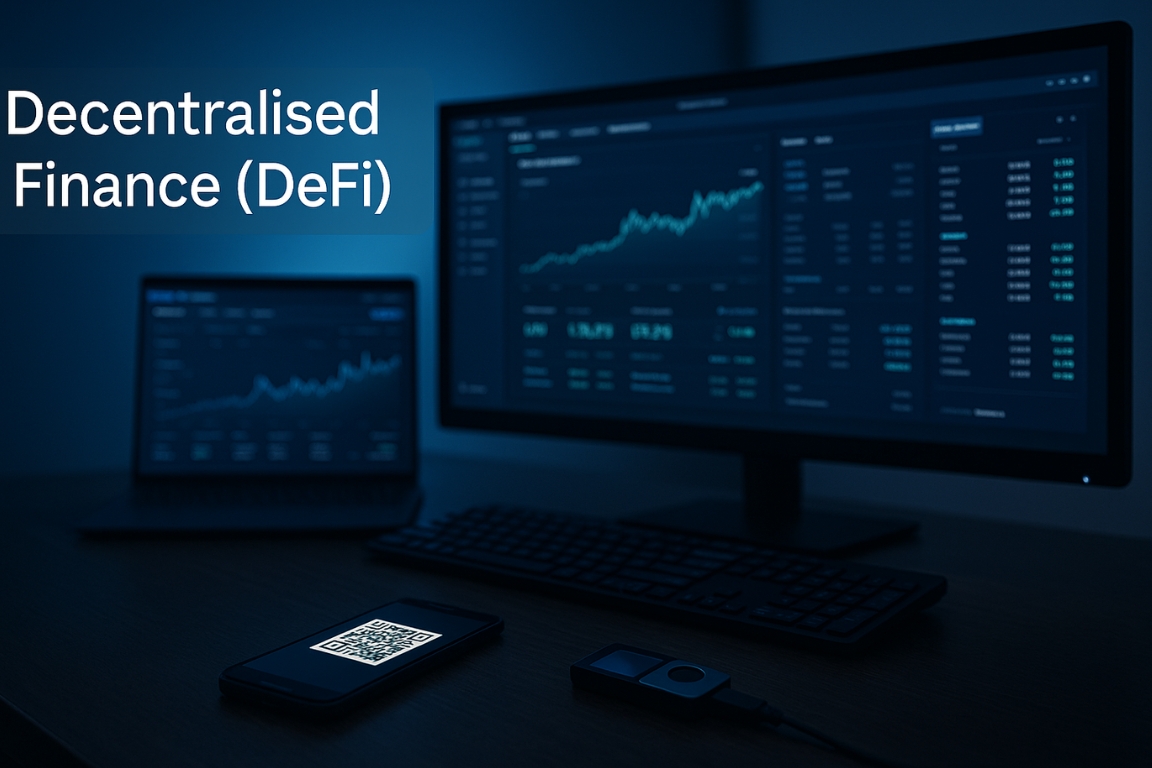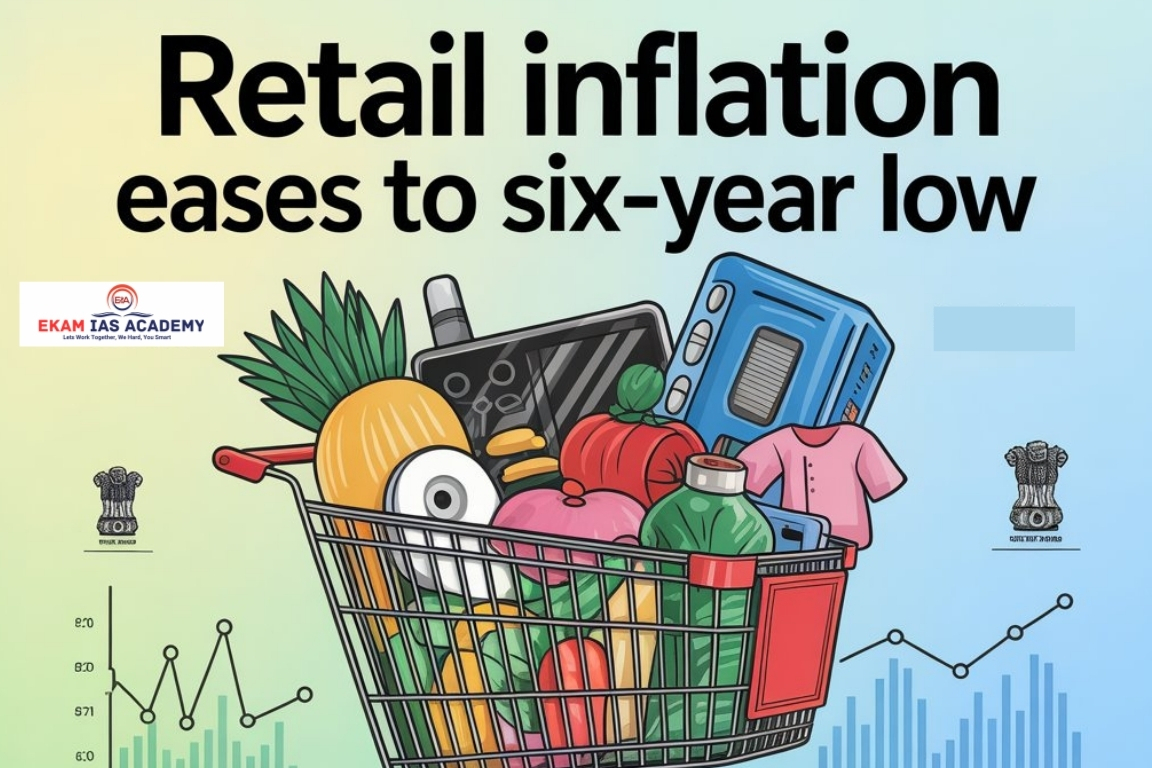India has been ranked 99th out of 167 countries in the 2024 Sustainable Development Report by the UN-backed Sustainable Development Solutions Network (SDSN) — its first time among the top 100 since the rankings began in 2016.
Overall Rank Progress
- Improved from 110th in 2016 to 99th in 2024 out of 167 nations.
- Shows gradual progress, but gaps in several SDG indicators remain.
SDG 1 – No Poverty
- India has shown positive strides in poverty reduction.
- Poverty estimated to have declined from 22% (2012) to ~12% (2023).
- However, lack of updated consumption data and outdated poverty lines raise concerns about accurate measurement.
SDG 2 – Zero Hunger
- Stunting among children is still high: 35.5% (NFHS-5), marginally down from 38.4%.
- Wasting improved slightly from 21% to 19.3%.
- Growing urban obesity among 15-49 age group raises new challenges.

SDG 7 – Affordable and Clean Energy
- India has nearly universal electricity coverage, but quality and reliability differ by region.
- Ranked 4th globally in renewable energy capacity (mainly solar and wind).
SDG 9 – Industry, Innovation, Infrastructure
- Success in mobile connectivity and digital financial inclusion (e.g., UPI).
- COVID-19 exposed rural-urban divide in digital access, impacting SDG 4 (Education).
SDG 16 – Peace, Justice and Strong Institutions
- Weakest area for India: poor performance in governance, rule of law, press freedom, and independence of institutions.
WHAT ARE SDGS?
Sustainable Development Goals (SDGs) are a set of 17 global goals adopted by the United Nations in 2015 as part of the 2030 Agenda for Sustainable Development.
- These goals aim to end poverty, protect the planet, and ensure peace and prosperity for all by 2030.
Key Features of SDGs
- Total Goals: 17
- Targets: 169 specific targets under the 17 goals
- Indicators: 232 measurable indicators to track progress
- Universality: Applicable to all countries — developed and developing
- Integrated: Balances social, economic, and environmental dimensions of development
India and SDGs
- NITI Aayog monitors India’s SDG performance through the SDG India Index (now the SDG National Indicator Framework).
- Various flagship schemes (e.g., Swachh Bharat, Beti Bachao Beti Padhao, PM-KUSUM) are aligned with SDG targets.
Conclusion
While India has improved in key sectors like poverty reduction, clean energy, and digital inclusion, issues like malnutrition, governance, and rural-urban inequality require urgent attention to accelerate SDG progress.





